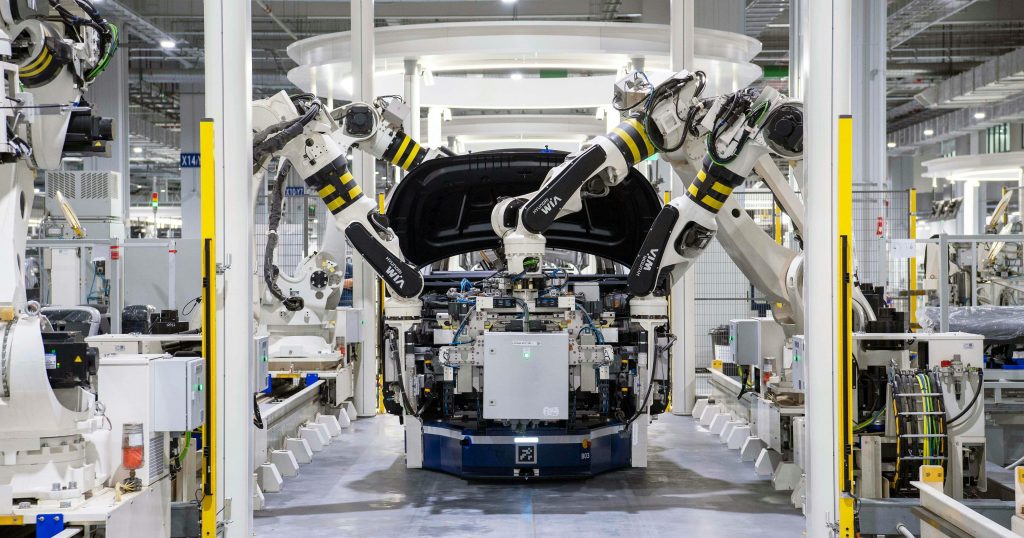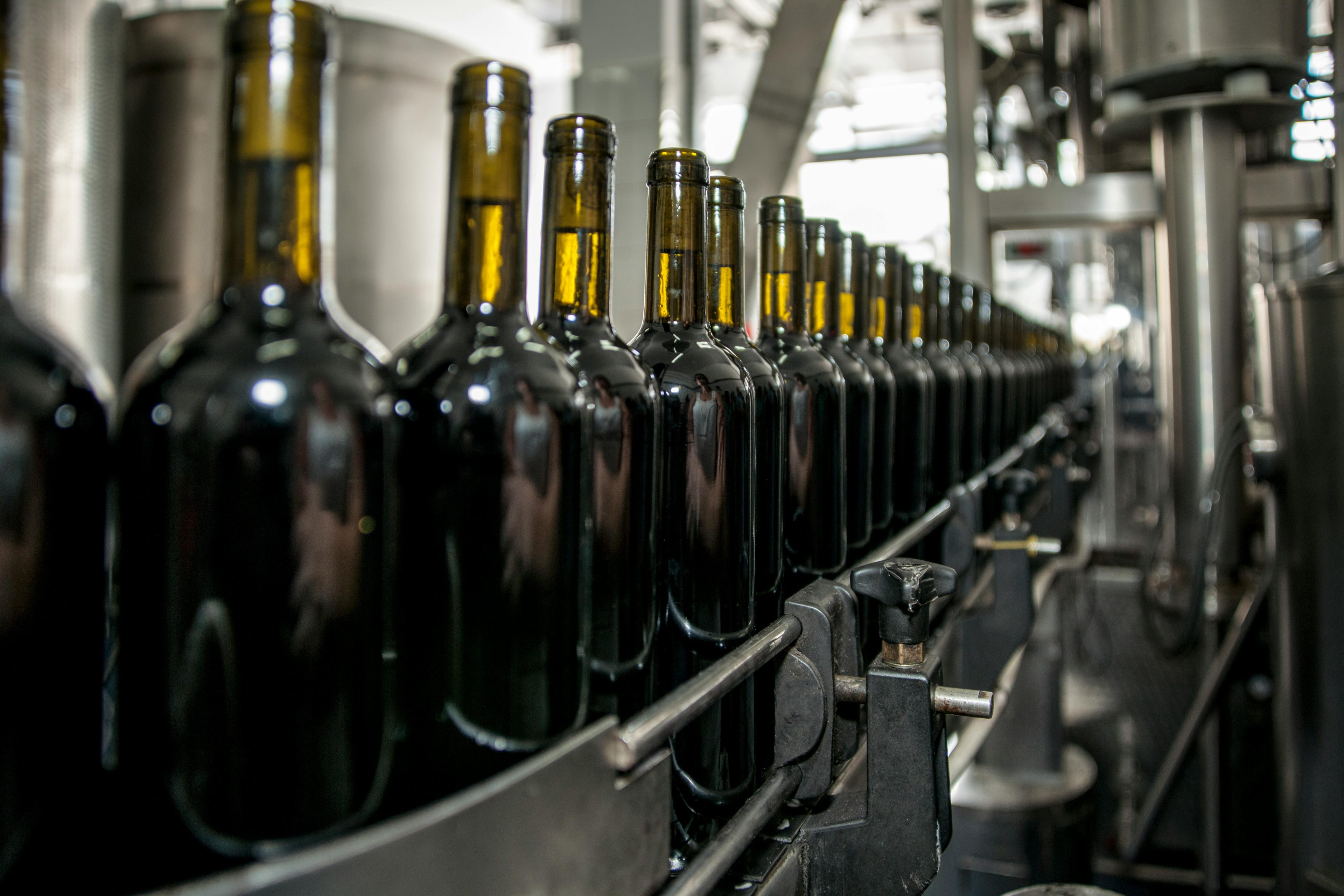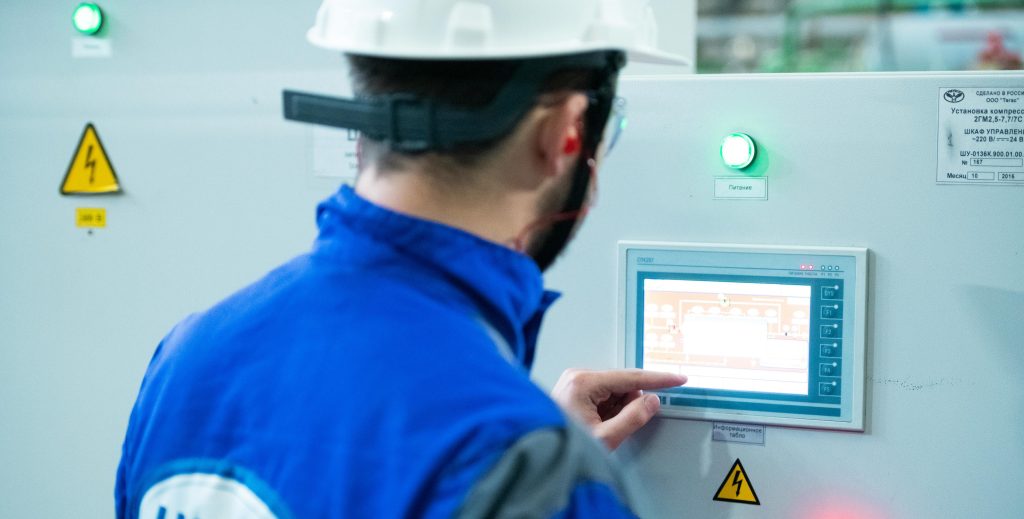Engineering Interfaces for Extreme Industrial Control Panels
Demanding sectors constantly challenge the performance of industrial control panels. Standard control interfaces struggle against relentless exposure to extreme temperatures, abrasive dust, corrosive chemicals, and continuous vibration. Consider heavy fabrication, where the environment is harsh and abrasive. Likewise, the steel industry presents highly corrosive conditions, while car manufacturing involves massive high-volume stresses. This reality necessitates a customer-centric engineering approach, where we must custom-design the Human-Machine Interface (HMI) to ensure maximum durability and reliability, guaranteeing operational continuity and operator safety in the most hostile industrial settings.
This dive into industrial control requirements focuses on the materials science and electrical engineering of membrane keypads and capacitive switches. We will use examples from extreme environments. This illustrates how RH creates robust industrial control panels.

Membrane Keypads: Material Selection and Circuitry Precision
The materials and the precision of its circuitry define a membrane keypad’s longevity in a harsh industrial environment.
The Customer Challenge: Chemical Degradation and Abrasive Wear
In car manufacturing paint shops, cleaning solvents, thinners, and high-pH detergents frequently expose industrial control panels. In fabrication shops, control surfaces must withstand constant abrasion from metal dust and repeated contact with greasy hands.
Examples:
- Graphic Overlay Material (The First Line of Defence):
Instead of standard low-cost plastics, RH often specifies polycarbonate or hard-coated polyester (e.g., UV-cured or textured) with a thickness of 0.2mm to 0.5mm.- Example (Car Manufacturing):
A control panel for a robotic paint sprayer might use a chemically resistant, textured polyester overlay. The texture diffuses light, hides minor scratches, and prevents chemical solvents from penetrating the material, ensuring the key legends remain legible for years.
- Example (Car Manufacturing):
- Conductive Circuitry (Electrical Reliability):
We often screen-print the internal circuits using silver conductive inks. In areas of extreme flex or high-cycle use (where the switch is pressed repeatedly), RH may incorporate a carbon overprint on the silver tracks.- Example (A Heavy Fabrication Press):
The main ‘START’ button on a hydraulic press, which sees thousands of actuations per day, uses a carbon overprint. Carbon is harder and less prone to oxidation than silver, significantly increasing the switch’s life cycle from an industry standard of 1 million cycles to over 3 million cycles.
- Example (A Heavy Fabrication Press):
- Tactile Domes (The Mechanical Actuator):
For reliable feedback, we place stainless steel domes between the circuit layers. The size and shape of the dome directly correlate to the required actuation force and audible feedback.- Physics Principle: The dome acts as a spring mechanism. When depressed, it provides a tactile ‘snap,’ followed by an electrical short when the dome contacts the lower circuit. The consistency of this ‘snap ratio’ is vital.

Capacitive Switches: Sensing Technology and Environmental Immunity
Capacitive switching is a purely electronic input method, offering a solid-state solution that is immune to almost all forms of ingress.
The Customer Challenge: Contamination and Sanitation
In food processing or pharmaceutical manufacturing, industrial control panels must be sanitised frequently using harsh chemicals and high-pressure water jets. This environment is instantly destructive to any interface with seams or gaps.
Examples:
- Sensing Principle (Capacitance):
The switch operates by measuring the capacitance (C) of the electrode pad relative to ground. When a finger (a conductor) touches the surface, it changes the local electric field, which can be modelled by the parallel plate capacitance equation, C=dϵA, where ϵ is the permittivity, A is the area, and d is the distance. The presence of the finger increases the effective A or changes ϵ. – Learn More- Example (Food Processing):
A control panel is sealed behind a 3mm continuous sheet of glass or acrylic. The capacitive electrodes are mounted behind this barrier. Since the surface is entirely smooth and seamless, it can be sprayed and wiped down with corrosive cleaning agents (e.g., chlorine-based) without any material degradation or risk of internal shorting. The absence of physical travel makes the system maintenance-free.
- Example (Food Processing):
- “False-Touch” Immunity (Environmental Filtering):
A key engineering challenge is ensuring the sensor only triggers on a human touch, not from water droplets, spray, or debris.- Mitigation:
RH integrates sophisticated capacitive controller chips that use algorithms to differentiate between the subtle, transient change caused by a water droplet and the sustained, characteristic change caused by a finger. They can also use shielding electrodes to focus the electric field, making the sensor less susceptible to external noise (EMI) which is common near large motors or induction furnaces in the steel industry.
- Mitigation:

Backlighting: Engineering for Function and Safety
Backlighting transforms the usability and safety of industrial control panels by providing critical visual feedback.
The Customer Challenge: Low Light and Urgent Status Indication
In a large, dimly lit warehouse or an overnight steel production facility, operators rely entirely on the panel’s visual state.
Examples:
- Integrated LED Driven Arrays (Localised Function):
Instead of simple bulbs, individual, surface-mount LEDs (Light Emitting Diodes) are soldered directly onto the flexible circuit layer of the membrane. This allows for specific areas of the graphic to be lit.- Example (Safety Stop):
An emergency override button on a large stamping machine in a fabrication plant must be instantly visible. The RH design uses dual red LEDs to provide high-intensity, uniform backlighting beneath the “EMERGENCY STOP” text. This contrasts sharply with the green-lit ‘RUN’ button, providing an immediate, unmistakable visual cue that is critical for safety compliance.
- Example (Safety Stop):
- Light Guides and Light Pipes (Uniformity):
To ensure the light is evenly distributed without “hot spots” (bright dots), RH uses light guide films (LGF). These films use optical science to reflect and diffuse the LED light across the entire area of the key.- Physics Analogy:
The LGF works similarly to total internal reflection in an optical fibre, guiding the light efficiently from the source LED across the surface before it escapes through the top graphic layer, providing a professional and highly readable interface.
- Physics Analogy:

Guarantee your Industrial Control Panels’ Performance
For critical industrial processes, the user interface cannot be the weakest link. The choice between a basic switch and an engineered solution—be it an underprinted membrane keypad or a seamlessly sealed capacitive switch with reliable LED driven backlighting—determines your panel’s operational lifespan, safety compliance, and overall efficiency.
RH Technical Industries doesn’t just supply components; we apply material science and precise electrical engineering to solve your unique environmental challenges. We guarantee that your industrial control panels will perform reliably, cycle after cycle, year after year, even when exposed to high heat, corrosive agents, or abrasive particles.
Don’t settle for off-the-shelf interfaces that invite failure and downtime in your harsh environment. Contact RH Technical Industries today. Let our team of engineers review your next project—whether it’s high-cycle, high-heat, or high-sanitation—and design a custom membrane keypad or capacitive switch solution that guarantees performance against your toughest challenges.
Upgrade your interface and guarantee your uptime!
